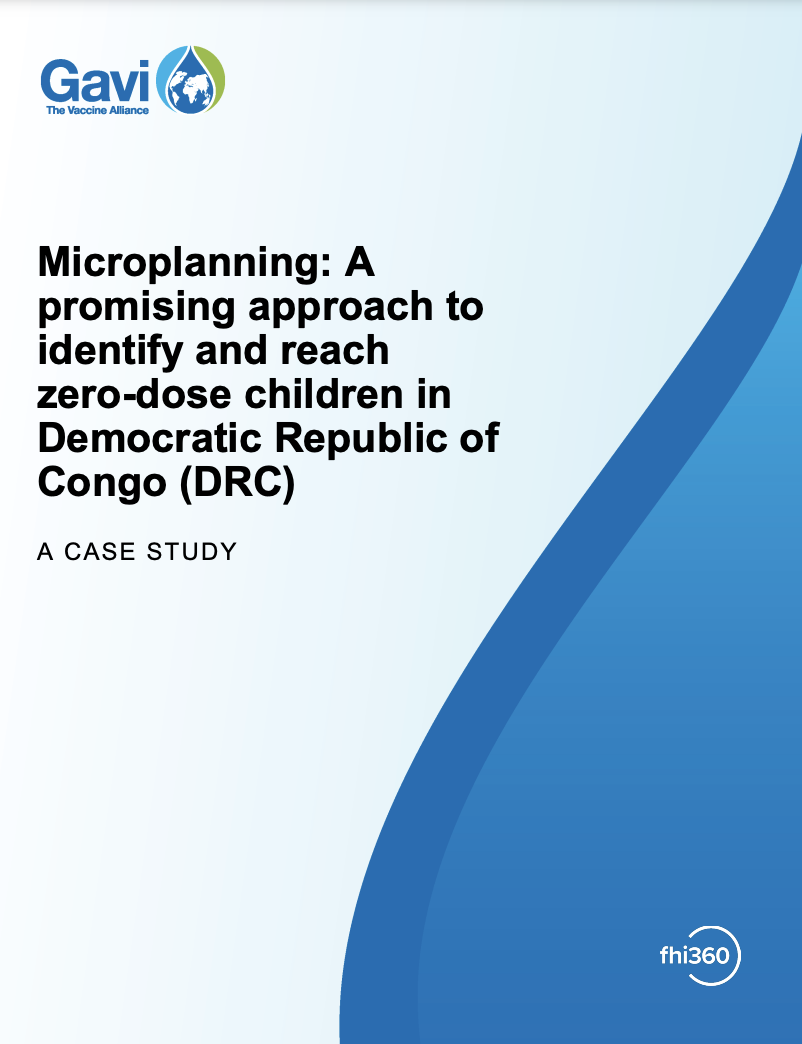WHITE PAPER
Harmonising Subnational Boundaries
Discusses GRID3’s work to support the harmonization, production, and use of digitised legal/administrative units, operational units, and statistical areas. GRID3’s boundaries work has three primary areas of focus: improving and harmonizing operational units; fostering improved collaboration on boundary harmonisation among disparate government bodies; and using boundaries harmonization to support census efforts. This paper focuses on case studies in Nigeria, the Democratic Republic of Congo, and Zambia.
| Authors | Center for International Earth Science Information Network; Flowminder Foundation; United Nations Population Fund; WorldPop, University of Southampton |
|---|



